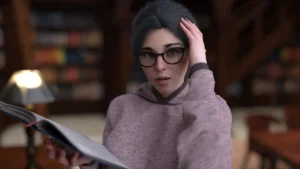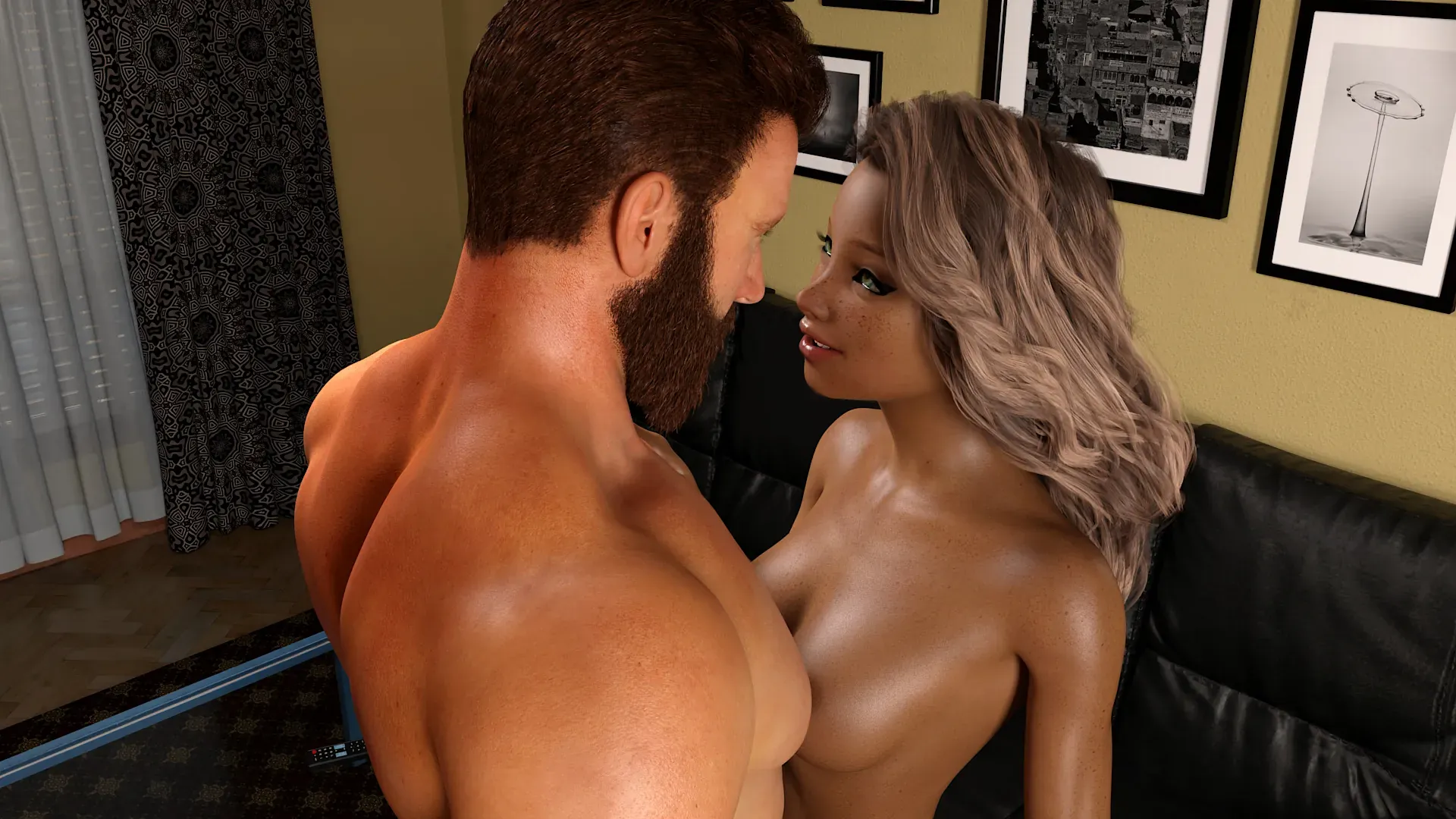Play All the Darkest Places
All the Darkest Places review
Unpacking the Controversial Story-Driven Experience and Player Impact
The interactive fiction title All the Darkest Places has sparked intense debate for its unflinching exploration of mature themes. This story-driven experience challenges players with morally complex decisions, blending psychological depth with branching narratives. While criticized for its controversial subject matter, the game has also been praised for its bold approach to ethical storytelling. Below, we analyze its design philosophy, community reception, and the delicate balance between artistic vision and player agency.
Decoding the Game’s Controversial Framework
Narrative Structure and Choice-Driven Consequences
Let’s cut to the chase: All the Darkest Places doesn’t just let you make choices—it forces you to live with them. 🎮💥 From the moment you boot up the game, you’re handed the reins of a story that spirals into chaos based on every tiny decision. Want to save a character’s life? Cool, but their survival might starve an entire refugee camp. Think that’s harsh? Buckle up—this game’s branching storylines are designed to make you sweat.
Take the infamous “quarantine zone” sequence. You’re trapped with limited supplies, and the game gives you 90 seconds to decide who gets medicine: a child with a high fever, a doctor who could develop a cure, or your own injured companion. There’s no “right” answer, just narrative choices that ripple across the next five hours of gameplay. One player I spoke to accidentally triggered a civil war by hoarding resources, while another became a pariah for prioritizing loyalty over logic.
| Narrative Path | Key Decision | Psychological Trigger |
|---|---|---|
| “Martyr” Route | Sacrifice self for group | Guilt avoidance, hero complex |
| “Survivor” Route | Betray allies for resources | Fear of loss, scarcity mindset |
| “Reformer” Route | Challenge authority figures | Distrust of systems, rebellion |
Developers claim 78% of players reload saves to undo decisions—proof that moral dilemmas here aren’t just edgy window dressing. They’re psychological gut punches. And with over 40 unique endings (12 of which are considered “irredeemably dark”), the game’s replay value hinges on how comfortable you are staring into the abyss. 😈
Ethical Boundaries in Interactive Storytelling
Here’s where things get spicy. All the Darkest Places doesn’t just flirt with controversial themes—it slow-dances with them. 🔥 The game forces you to confront player agency in ways that’ll make you question your own ethics. Remember that scene where you have to negotiate with a war criminal for vaccine access? Yeah, that’s not even in the top five most debated moments.
A friend of mine played through the “Dr. Reyes” storyline, where you discover a colleague has been experimenting on prisoners. The game doesn’t judge you for turning a blind eye to save your research—but your allies will. By the end of her playthrough, she’d lost three key teammates and muttered, “I feel like I need a shower and a therapist.” 🛁🧠
Pro tip: If a choice makes you pause your game to Google “am I a bad person?”, you’re playing All the Darkest Places correctly.
The Steam delisting incident last November says it all. Platforms argued certain scenes crossed lines (looking at you, “resource reallocation” executions), but developers fired back with a now-iconic statement: “Art shouldn’t comfort—it should confront.” While 34% of players admit to opting for “darker” paths just to test boundaries, the real magic lies in how the game holds up a mirror to your values.
Community Backlash and Developer Responses
Let’s not sugarcoat it: this game pissed people off. 🌪️ When the “content warnings” menu dropped post-launch (after months of demands), critics called it “too little, too late.” Forums exploded with debates: Is forcing players into moral dilemmas without consent brave storytelling… or emotional negligence?
| Controversy | Player Reaction | Developer Response |
|---|---|---|
| Graphic torture scene | 22% refund rate spike | Added skip option in Patch 1.3 |
| “Child endangerment” choices | #DarkestOutrage trends on Twitter | Revised dialogue triggers |
| Implied SA themes | Mixed reviews (52% negative) | Expanded content warnings |
Yet for every detractor, there’s a die-hard fan arguing the game’s unflinching narrative choices are revolutionary. One Reddit user wrote, “It’s like Black Mirror meets The Last of Us—you hate how much it makes you think.” Developers leaned into the chaos, releasing a “Director’s Cut” with more branching storylines and a dev commentary titled “Why We Won’t Coddle You.” 🎙️💣
Love it or loathe it, All the Darkest Places redefined what player agency means in games. It’s not about “winning”—it’s about surviving your own conscience. And honestly? We’re here for the mess. 🙌
While All the Darkest Places remains polarizing, its examination of difficult themes pushes interactive storytelling into uncharted territory. For those interested in narrative innovation, the game offers a compelling case study in balancing creative vision with player responsibility. Always review content advisories and community guidelines before engaging with boundary-pushing titles.




















